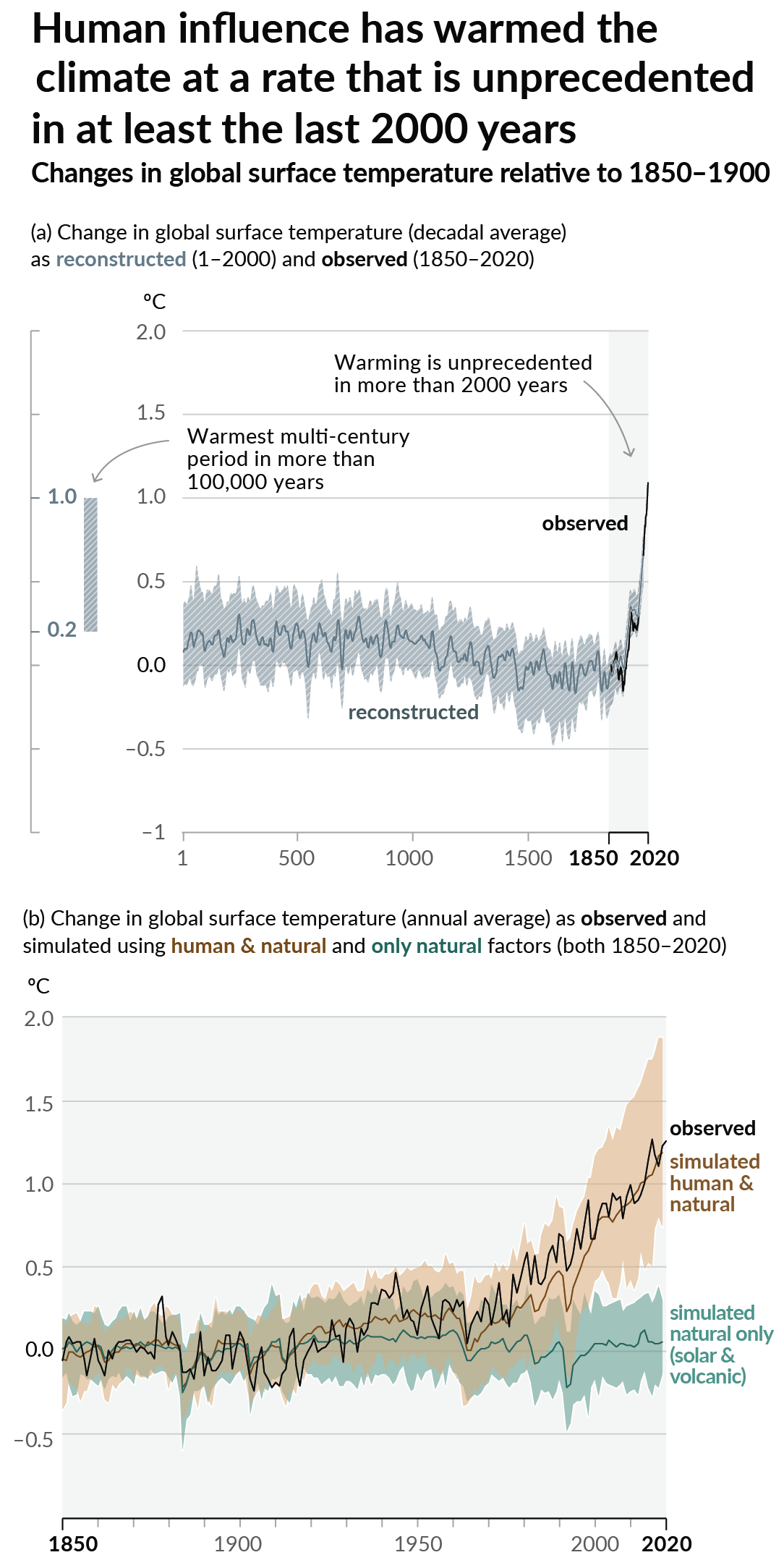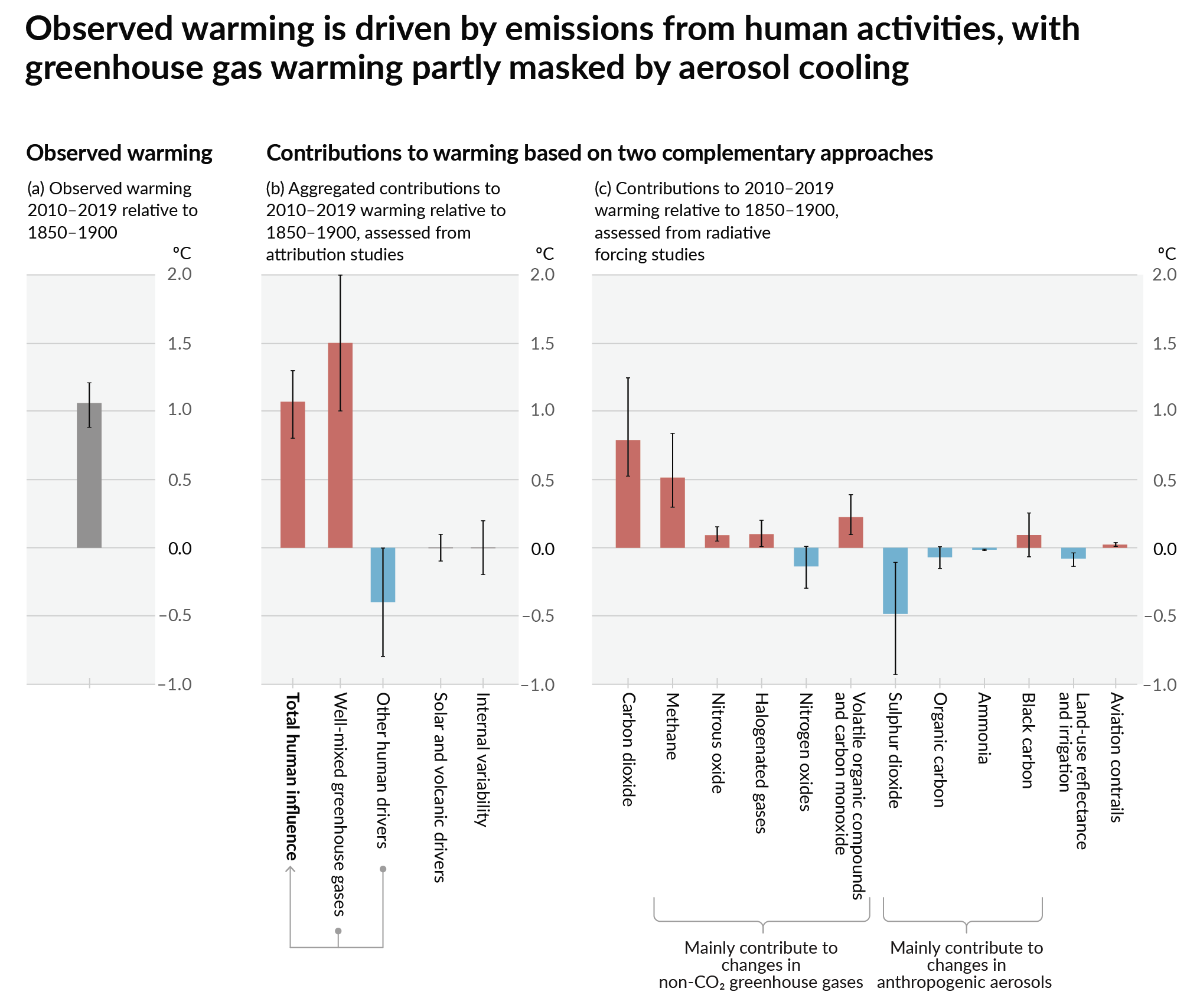Climate - truthful information about climate, related activism and politics.
7207 readers
230 users here now
Discussion of climate, how it is changing, activism around that, the politics, and the energy systems change we need in order to stabilize things.
As a starting point, the burning of fossil fuels, and to a lesser extent deforestation and release of methane are responsible for the warming in recent decades:

How much each change to the atmosphere has warmed the world:

Recommended actions to cut greenhouse gas emissions in the near future:

Anti-science, inactivism, and unsupported conspiracy theories are not ok here.
founded 2 years ago
MODERATORS
626
627
93
Update on Texas flooding: climate change almost certainly played a role
(www.theclimatebrink.com)
628
629
630
631
632
19
Why Climate Action Is Unstoppable — and “Climate Realism” Is a Myth | Al Gore | TED
(www.youtube.com)
633
634
635
636
115
Politicians are retreating from net zero because they think the public doesn’t care. But they’re wrong
(www.theguardian.com)
637
638
639
640
641
643
644
645
116
Trump Admin Quietly Approves Massive Crude Oil Expansion Project | Common Dreams
(www.commondreams.org)
646
108
Mauna Loa Observatory captured the reality of climate change. The US plans to shut it down
(theconversation.com)
647
648
649
650
